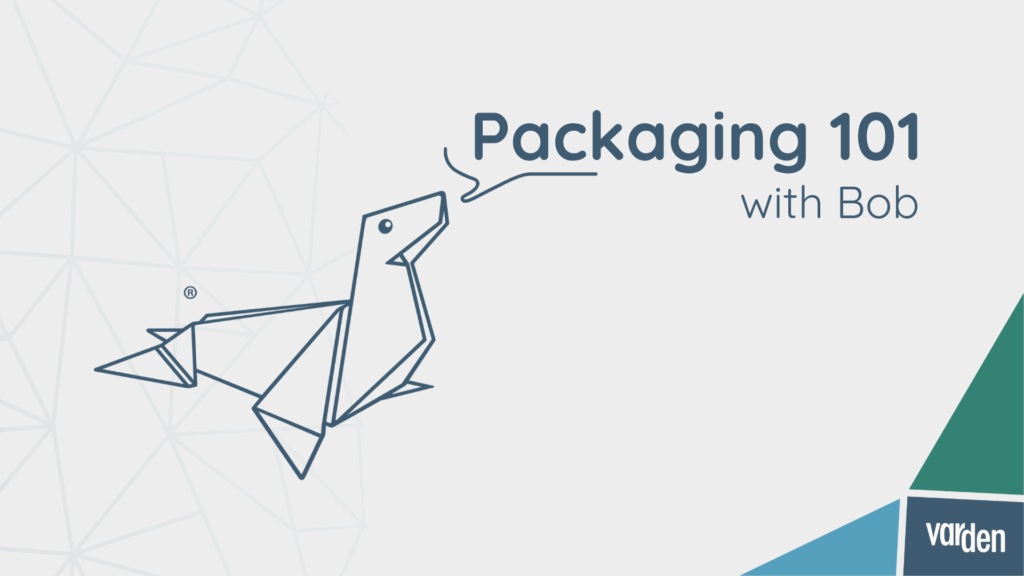In the race to reduce plastic waste and environmental impact, sustainable packaging has become one of the most talked-about and misunderstood topics in the FMCG world.
From buzzwords like “recyclable” and “compostable” to materials like PLA and PHA, or performance terms like oxygen transmission rate (OTR) and shelf life, it can be challenging to understand what sustainable packaging truly entails. This article explores the key elements of truly sustainable packaging and highlights three lesser-known insights that may shift your perspective.
Why We Need Sustainable Packaging
Packaging accounts for over 40% of global plastic waste, much of it ending up in landfills or oceans. Despite rising recycling rates and growing consumer awareness, many traditional plastic packaging materials still face challenges in recyclability and biodegradability, highlighting the need for improved waste management systems and increased consumer participation to maximise their environmental benefits.
As climate targets tighten and consumer demand grows, brands are being pushed to rethink their packaging strategy to meet regulations and maintain their reputation.
Why Sustainable Packaging Is So Tricky to Understand
“Sustainable” means multiple different things at once and different things to different people. The terms recyclable, compostable, biodegradable and plant-based are all terms used to describe sustainable packaging, but:
-
Recyclable ≠ Compostable
-
Industrially compostable ≠ Home compostable
-
Bio-based ≠ Biodegradable
To complicate matters, sustainability claims are often made without clarity on trade-offs, such as a reduction in barrier performance, and subsequent shelf life, to improve compostability.
The challenge? Achieving a high-performance barrier and true environmental impact.
What Are the Types of Sustainable Packaging?
Let’s decode a few of the major categories used in “sustainable” claims:
Recycled Plastics
Recycled plastics, whether post-consumer or post-industrial, provide valuable raw materials that can reduce GHG emissions by over 65%, but their environmental benefits rely on proper sorting, minimal contamination, and active consumer recycling efforts to ensure they successfully re-enter the production cycle.
Bio-Based Plastics (e.g., PLA, PHA)
- PLA (Polylactic Acid) is a bio-based plastic made from fermented plant starch, typically corn or sugarcane. It’s compostable, but only under specific industrial conditions that require high heat, humidity, and microbial activity found in commercial composting facilities. PLA does not break down effectively in home compost or natural environments. While it reduces reliance on fossil feedstocks, the lack of widespread industrial composting infrastructure, combined with consumers rarely disposing of it correctly, means PLA often ends up in landfill or the ocean, where it behaves much like conventional plastic.
-
PHA (Polyhydroxyalkanoates) is a biodegradable plastic produced by microbial fermentation of plant sugars or oils. It can break down in natural environments, including soil and marine settings, making it an attractive alternative to conventional plastic. However, PHA is still expensive to produce at scale, and many grades struggle to meet the barrier requirements needed for food packaging, limiting their commercial viability in high-performance applications.
Plastic-Free Alternatives
Includes fibre-based packaging, coated papers, and plant-based films. These are often compostable or recyclable, but may lack the barrier performance needed for longer shelf life. Plastic-free alternatives often use natural materials like agricultural waste or seaweed, which are quickly renewable and biodegradable.
3 Things You Probably Didn’t Know About Sustainable Packaging
1. Compostable packaging may not break down at home
Most “compostable” packaging, including PLA, needs industrial composting conditions to break down properly. Without access to the appropriate facilities, they act more like regular plastic. Even though they may be bio-based, they are not necessarily biodegradable and can persist in the environment just like conventional plastics if they are not processed correctly.
2. Recyclable doesn’t mean it will be recycled
Even if packaging is technically recyclable, it might not be accepted by curbside recycling programs or could be rejected at sorting facilities due to contamination. Materials such as multilayer films and certain coated papers often do not get recycled, even if they are labelled as recyclable. This highlights the importance of designing packaging for easier recycling or compostability, ensuring it doesn’t end up as waste when standard processing fails.
3. Barrier properties are critical for uptake
A low oxygen transmission rate (OTR) is essential for preserving perishable goods. Many sustainable materials fail to match the barrier performance of traditional plastics, which has hindered the widespread adoption of paper-based packaging in the fast-moving consumer goods (FMCG) industry. As a result, brands have struggled to switch to sustainable alternatives without compromising shelf life or complicating their supply chains.
The Bottom Line
Sustainable packaging is not a one-size-fits-all solution. The appropriate choice depends on your specific product, performance needs, and the available infrastructure in your market. It’s essential to understand the key requirements for your particular application, as well as the trade-offs and characteristics of different solutions, in order to make informed decisions.
At Varden, we are addressing this challenge with completely plant-based and compostable paper packaging solutions made from agricultural bi-products that provide barrier performance similar to plastic, including low oxygen transmission rates for extended shelf life. It is plastic-free, food-grade, and scalable.
Want to see how Varden’s technology works? Get in touch to learn how Varden can help.
